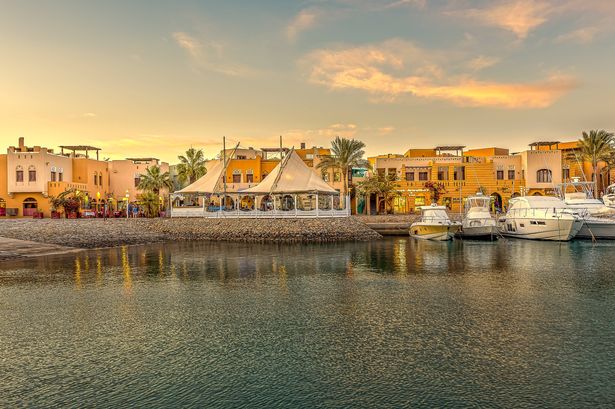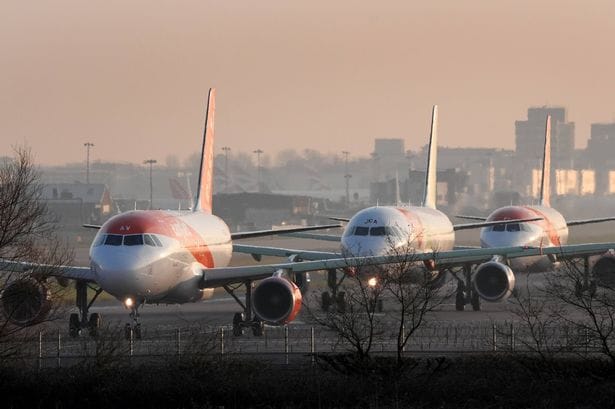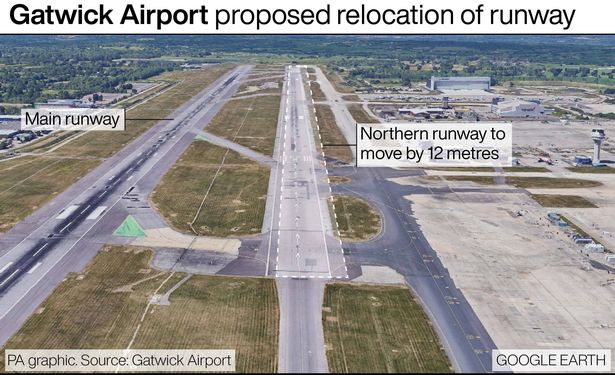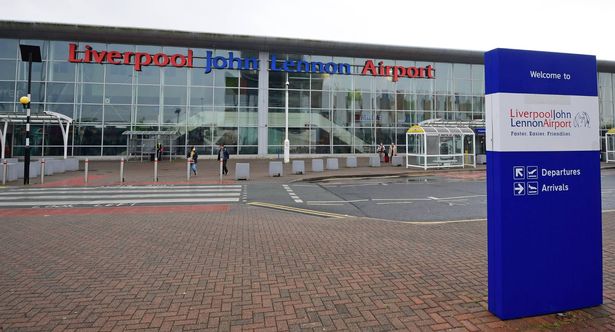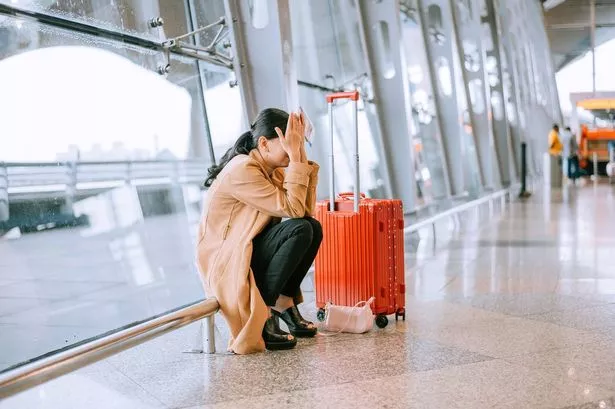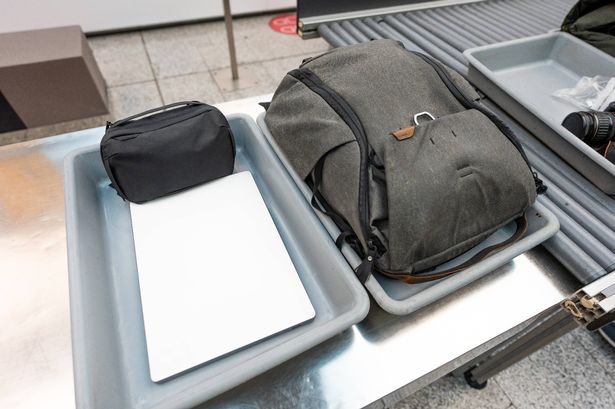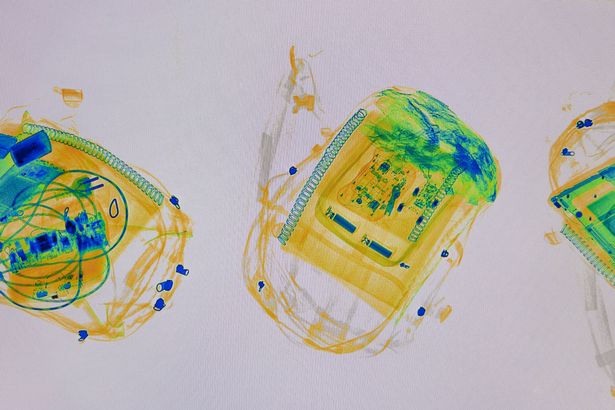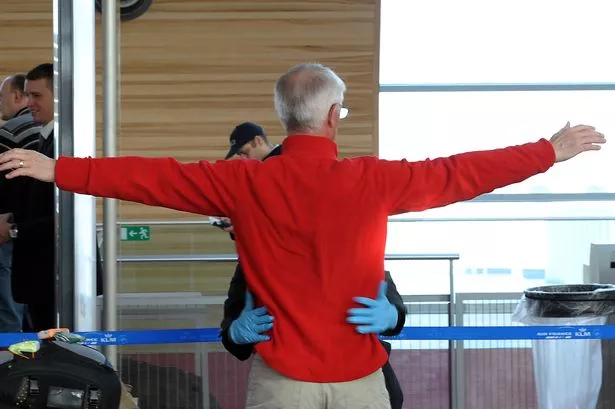El Gouna, just 30 minutes north of Hurghada, Egypt, is a luxurious self-contained resort town offering a plethora of activities and a variety of opulent hotels catering to all sorts of holidays, from honeymoons to family trips and golfing breaks.
The Red Sea, renowned for its winter sunshine destinations such as Sharm El Sheikh and Hurghada in Egypt, remains a top choice for those craving winter warmth.
Boasting glorious weather throughout the year and reasonably short flight times, it’s a perfect option for UK holidaymakers. Moreover, the abundance of package deals makes organising a spontaneous escape incredibly straightforward.
However, if you’re seeking something rather more distinctive, whilst still accessible, there’s a destination that’s well-known among Egyptians and kitesurfing enthusiasts, but remains largely undiscovered by many Brits.
READ MORE: UK’s prettiest train station once ‘left for dead’ – it’s like going back in time
El Gouna, merely 30 minutes north of Hurghada, Egypt, is an upmarket self-contained resort town providing countless activities and an array of lavish hotels suitable for all types of breaks, from romantic getaways to family holidays and golfing retreats, reports MyLondon.
Melanie Kaidan, senior lifestyle reporter at the Express, experienced El Gouna first-hand. She said: “During my 5-night holiday, I was able to sample only a few of the many excursions and comforts this town has to offer, starting with a thrilling desert quad bike safari, where I visited a Bedouin encampment at sunset.”
She added: “Staying at the Steigenberger Golf Resort gave me an outlook into the more mature, relaxed side of the resort, where crowds vary from families with young children to seniors golfing on the hotel’s own 18-hole championship golf course located on the other side of the lagoon.”
For those craving a more energetic break, the celebrated Mangroovy Beach draws kitesurfers from far and wide, whilst the stylish Casa Cook Hotel sits conveniently beside a kite centre which Melanie described as ideal for visitors “who like to get up and go”.
El Gouna offers far more than its stunning golden sandy shores – it boasts magnificent coral reefs and shipwrecks, including the celebrated Sha’ab El Erg and Careless Reef. These aquatic treasures await discovery through snorkelling and diving excursions.
Navigating the resort proves effortless, with journeys lasting no longer than 20 minutes. Melanie recommended: “For those seeking a truly local experience, tuk-tuks are a whimsical way to explore the town that makes spontaneous stops much easier and fun.”
READ MORE: ‘I escaped the rainy UK to tax-free Qatar – both life and the weather is much better’
She also highlighted the vibrant evening entertainment. Melanie explained: “When it comes to dining and nightlife, Abu Tig Marina and the Downtown area are the places to be, with local shops and restaurants offering something for everyone. At dawn, these areas come to life, becoming a hotspot for visitors looking to try different cuisines, from the top-rated African eatery Bongoyo, to Camino, a lively Latin restaurant.”
Another top-rated activity in El Gouna is crafting your own fragrance. Melanie said: “I’d strongly recommend anyone going to El Gouna create their own scent to remember their holiday at Norshek, a little store selling hair and body products made with natural oils. Here, you can customise your body butter, hand wash, perfume or hair conditioner to your liking. Try oud and pomegranate for a sweet and indulgent, long-lasting mix.”
For lovers of Indian food, Melanie suggested Tandoor as essential, “not only for its privileged location overlooking the entire marina but also for its superb fare, featuring all the classics as well as a few unique fusion dishes.”
Melanie also suggested Fanadir Marina for a more sophisticated, peaceful setting, enabling guests to enjoy uninterrupted views of moored boats whilst dining. She also put forward Villa Caracas for traditional Lebanese cuisine, whilst its neighbour, Marzipan, offers “authentic Egyptian fare in abundant portions that are ideal for sharing”.
Another outstanding aspect of El Gouna is its proximity to Luxor. A day excursion here starts with an otherworldly journey through the desert and showcases some of Egypt’s most breathtaking monuments, including the colossal Karnak Temple and the Valley of the Kings, an ancient Royal burial ground from Egypt’s New Kingdom period.
For those choosing to spend the night in Luxor, an early morning hot air balloon ride offers a unique chance to spot many of the ancient landmarks, including the imposing mortuary temple of Hatshepsut. The stark contrast between the lush, cultivated fields along the Nile River and the surrounding desert and mountains is truly a sight to behold.
READ MORE: UK seaside town brought back to life with vibrant event that locals love
Getting there
Travelling to El Gouna from the UK is simple. You’ll need to catch a flight to Hurghada (HRG) airport, with a flight time of around five hours.
British airlines fly to Hurghada from several UK airports, including Gatwick and Luton. Once there, it’s a 30-minute drive to El Gouna either by transfer or taxi.
Return flights in October start at around £147 per person, although this might change depending on the time of purchase. According to Booking.com, last-minute hotel bookings start at around £100 per night for highly-rated, five-star accommodation.
